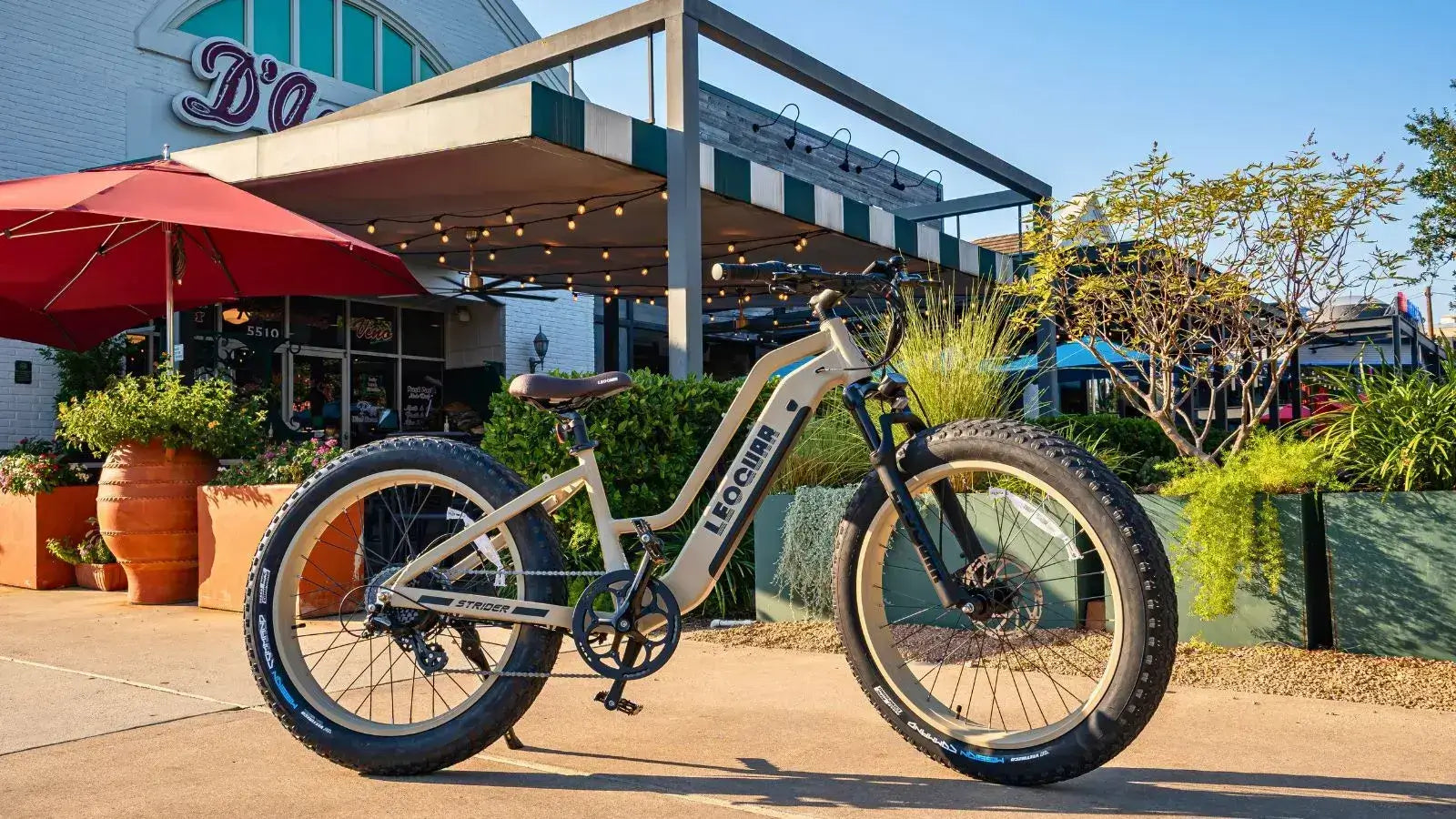
How the Hall Effect Works in Electric Bikes: Differences Between Motors and Throttles
In electric bikes, the Hall effect sensor is a key component that helps control both the motor’s speed and the power in the throttle. Even though both the motor and throttle rely on the same basic principle-the Hall effect-they operate differently and serve distinct purposes. In this article, we will break down how the Hall effect is used in electric bike motors and throttles, helping you understand these important, but often overlooked, technologies that make your ride smoother and more efficient.
What is the Hall Effect?
The Hall effect, discovered by American physicist Edwin Hall in 1879, is a phenomenon that occurs when an electric current flows through a conductor placed in a magnetic field. The magnetic field pushes the moving charges (such as electrons), causing them to gather on opposite sides of the conductor, creating a measurable voltage difference known as the Hall voltage.
-
V_H is the Hall voltage
-
I is the current flowing through the conductor
-
B is the magnetic field strength
-
z is the Hall coefficient
-
n is the carrier concentration of charge
-
e is the charge of an electron
-
d is the thickness of the conductor
In modern electronics, Hall effect sensors use this principle to create a sensor that can detect changes in magnetic fields without physical contact. These sensors are widely used in applications like position sensing, speed measurement, and current sensing, which are essential for the smooth operation of electric bikes.

Hall Sensors in Electric Bike Motors: Position Detection and Commutation Control
In the brushless DC motors (BLDC) commonly used in electric bikes, there are typically three Hall sensors (sometimes more) installed. These sensors play a key role in detecting the position of the rotor's permanent magnets. Positioned at 120-degree intervals around the motor's stator (for three-phase motors), these sensors can precisely sense changes in the position of the rotor's magnetic poles.
As the rotor turns, the magnetic field generated by its permanent magnets triggers the Hall sensors in sequence. The control system uses the signals from these sensors (high or low voltage levels) to determine the precise position of the rotor and decide which set of stator windings should be energized to achieve electronic commutation. This precise commutation control is vital for the efficient operation of the motor.
Hall sensors in electric bike motors have the following characteristics:
-
High Precision: Motor commutation requires very accurate position information, typically with precision within a few degrees.
-
Multi-Sensor Coordination: Three (or more) sensors work together to provide complete rotor position data.
-
High-Frequency Response: The sensors need to quickly respond to changes in rotor position, especially at high speeds.
-
Harsh Environment Durability: They must withstand high temperatures, vibrations, and electromagnetic interference inside the motor.
Hall sensors in electric bike motors typically output digital signals (switch-type Hall sensors). The signal changes state when the magnetic field exceeds a certain threshold. The control system monitors the output combinations of the three sensors (such as 101, 100, 110, 010, 011, 001, etc.) to determine the rotor's exact position and direction of rotation.
Hall Sensors in Electric Bike Throttles
Inside the throttle, there is a fixed Hall sensor and a magnet attached to the rotating grip. As the rider twists the throttle, the magnet’s position relative to the sensor changes, causing a shift in the magnetic field, and the sensor outputs a corresponding voltage signal.
The working characteristics of the Hall sensor in the throttle include:
-
Linear Output: The output voltage is proportional to the throttle angle, rather than a simple switch signal.
-
Single-Sensor Design: Usually, just one sensor is needed to control the throttle.
-
Wide Detection Range: The sensor needs to detect the entire range of the throttle twist (typically a 30-60 degree rotation).
-
Stability Requirements: The output signal needs to be very stable to avoid unexpected fluctuations in motor power.
Signal Characteristics
A typical Hall sensor in the throttle outputs an analog voltage signal, with a common operating voltage of 5V. The output range typically falls between 0.8V and 4.2V (there may be slight variations depending on the model).
-
Lowest Voltage (e.g., 0.8V): Corresponds to the zero throttle position.
-
Highest Voltage (e.g., 4.2V): Corresponds to the full throttle position.
-
Intermediate Voltage Values: Correspond to varying levels of power output.
This linear relationship allows the controller to precisely adjust the motor’s power, ensuring smooth acceleration and speed control.
| Key Differences | Motor Hall Sensors | Thumb Throttle Hall Sensors |
| Sensor Type | Mostly digital type (numerical output) | Linear type (simulated output) |
| Quantity | Usually three (or more) | Typically one |
| Function | Detects position, controls motor switching | Detects input, adjusts output torque |
| Signal Features | High resolution (angle position) | High resolution (linearity) |
| Precision | High (related to angle position) | Moderate (related to angle precision) |
| Speed Rate | High, high accuracy, strong work efficiency | Moderate (depends on user speed) |
| Environmental Conditions | High temperature, strong electromagnetic interference | Sensitive to temperature and environmental conditions |
| Failure Impact | High power loss or malfunction efficiency | Can affect torque control or result in failure |
Practical Considerations in Application
-
Installation Accuracy: When replacing the motor Hall sensor, it is essential to ensure that its position relative to the rotor's magnetic poles is accurate. Any misalignment can reduce motor efficiency, cause unusual noises, or even prevent the motor from starting.
-
Temperature Management: High temperatures inside the motor can affect the performance of the Hall sensors. High-quality sensors typically have a wider operating temperature range (from -40°C to 150°C).
-
Electromagnetic Compatibility: The sensor signal wires should be properly shielded to prevent electromagnetic interference from power lines, which could cause signal abnormalities.
-
Voltage Range Calibration: Some advanced controllers allow calibration of the throttle's minimum and maximum output voltages to match the characteristics of different sensors.
-
Failure Protection: Quality eBike systems monitor the throttle signal, and if an abnormal signal is detected (such as a short circuit or open circuit), the system cuts off the power output to ensure safety.
-
Waterproof Design: While the throttle operates in a relatively mild environment, it still requires attention to waterproofing to prevent rainwater from damaging the sensor.

Technological Development Trends
As eBike technology progresses, the use of Hall sensors is evolving:
-
High Integration Solutions: Some newer motor controllers are adopting sensorless technology, where the rotor position is estimated by detecting the back electromotive force. However, starting performance and low-speed control are still not as precise as Hall sensor systems.
-
Smart Throttle Design: Combining Hall sensors with microprocessors allows for more intelligent power curve adjustments, making the system more adaptable to various riding conditions.
-
Redundant Design: High-end eBikes may use dual Hall sensor designs, especially on the throttle, to improve system reliability.
-
Use of New Materials: New, more sensitive semiconductor materials are being used to enhance the temperature stability and electromagnetic interference resistance of Hall sensors.
Common Faults and Diagnostics
Understanding the operational differences of Hall sensors can help in quickly diagnosing eBike issues:
-
Difficulty starting the motor; requires pedal assist to turn the motor
-
Vibration or unusual noises during operation
-
Low speed or insufficient power output
-
Increased power consumption
-
Unstable power output, intermittent power
-
No power output or the motor running at full speed ("runaway")
-
Motor continues running even after releasing the throttle
-
Display shows an error code for throttle signal
-
Motor Hall Sensor: Rotate the motor and observe whether the digital signal changes in a regular pattern.
-
Throttle Hall Sensor: Twist the throttle and check if the voltage changes smoothly and continuously.
Conclusion
Although both the motor and throttle in an electric bike use Hall effect sensors, they serve different functions, resulting in significant differences in sensor types, operating modes, and signal processing. In the motor, multiple switch-type Hall sensors work together to achieve precise electronic commutation control, while in the throttle, linear Hall sensors convert the rider’s input into smooth power output. Understanding these differences not only helps us maintain and use electric bikes more effectively but also gives us a deeper appreciation for the clever application of modern microelectronics in green transportation.



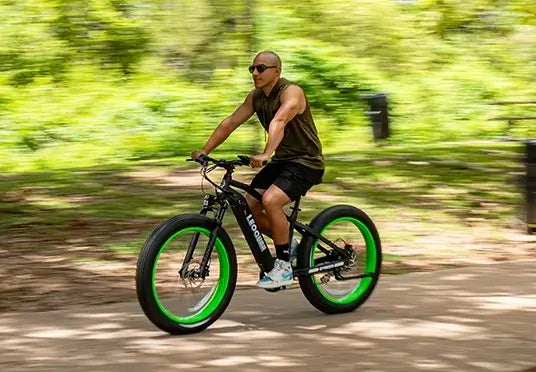
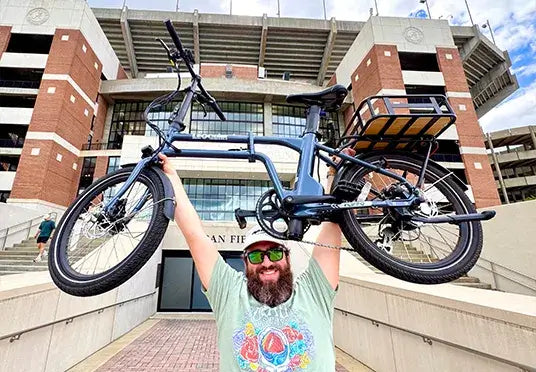

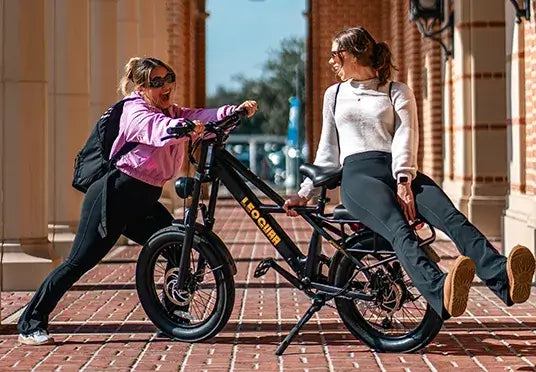
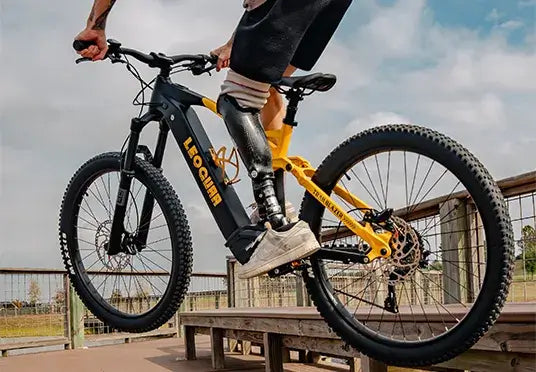

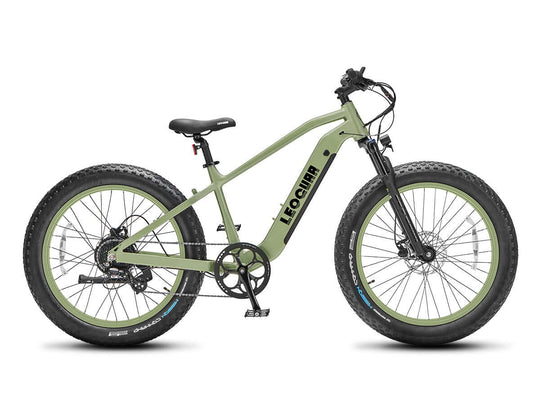
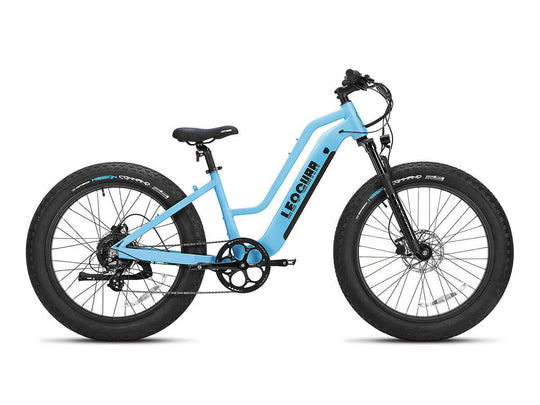
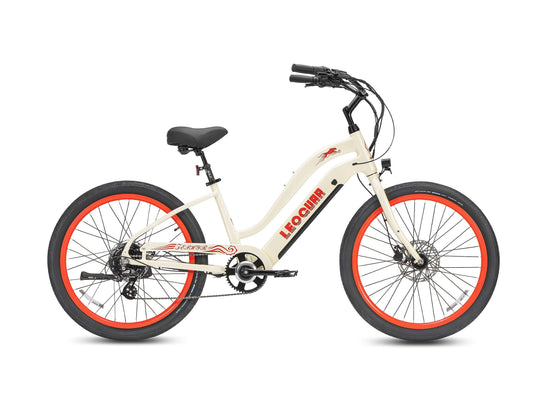
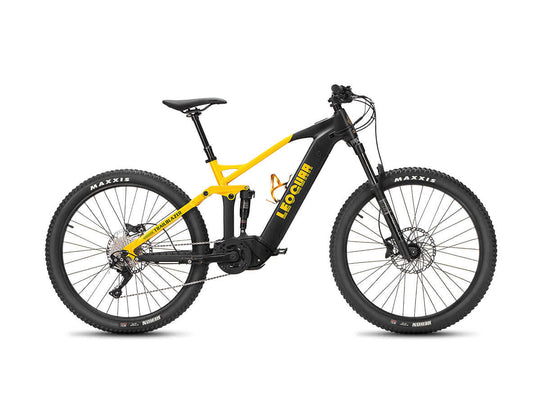
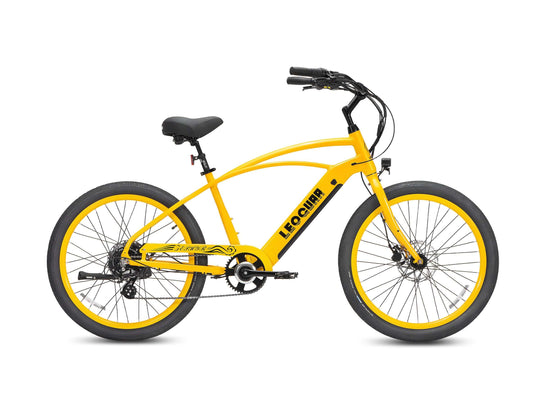
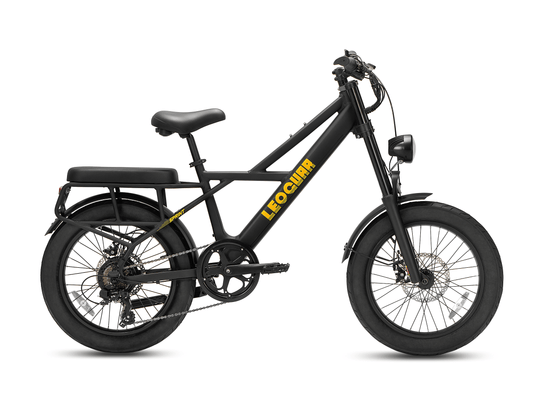

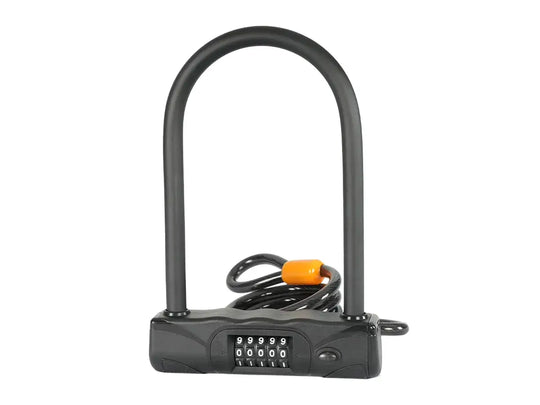
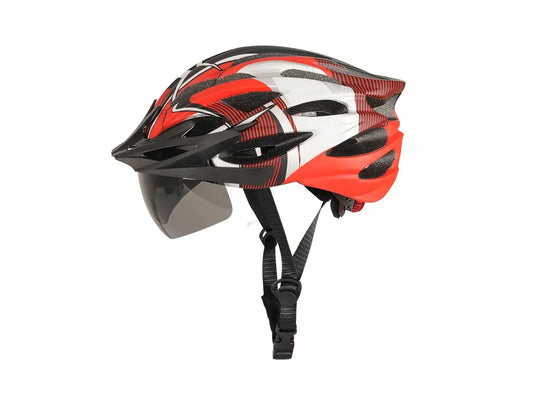
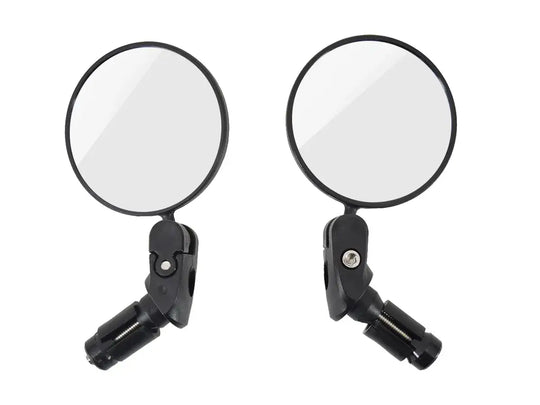

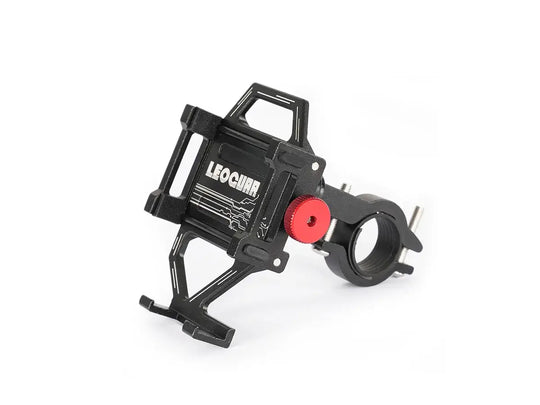
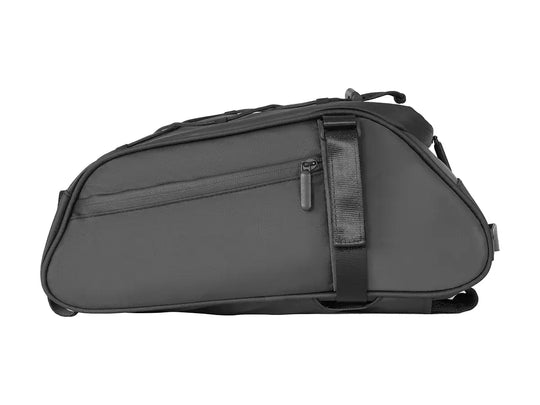
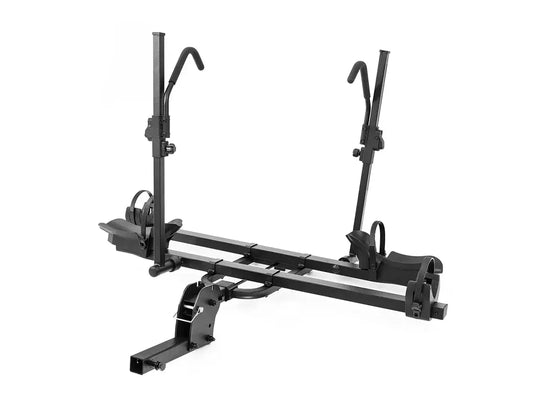
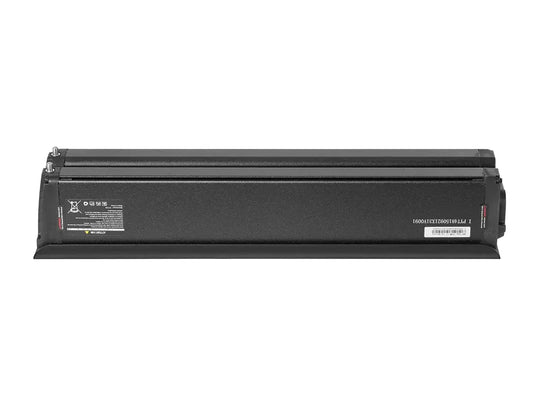
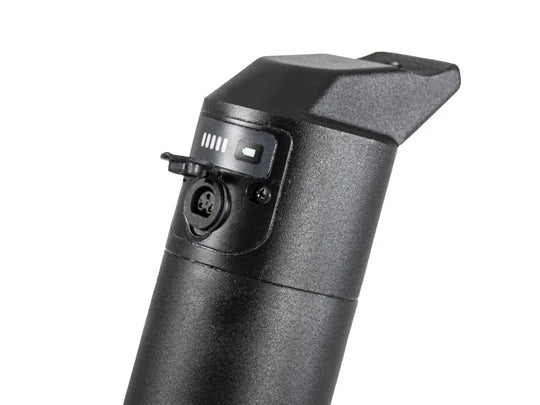
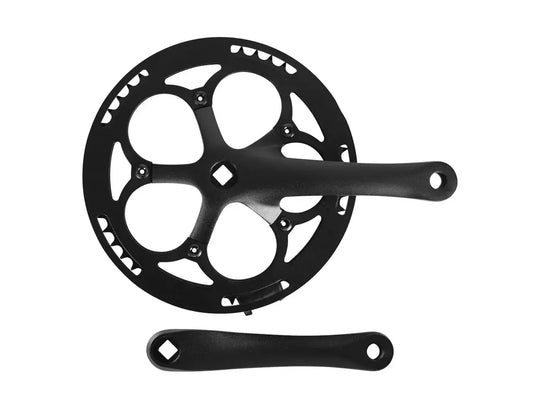
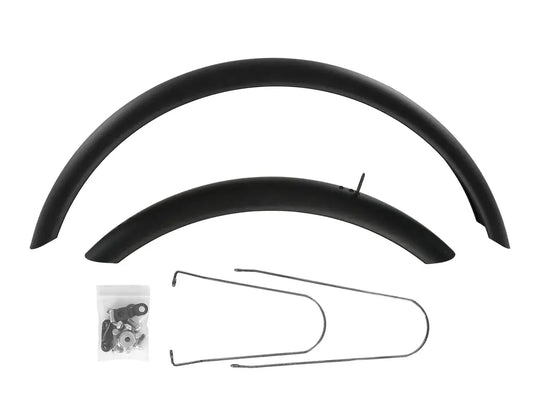
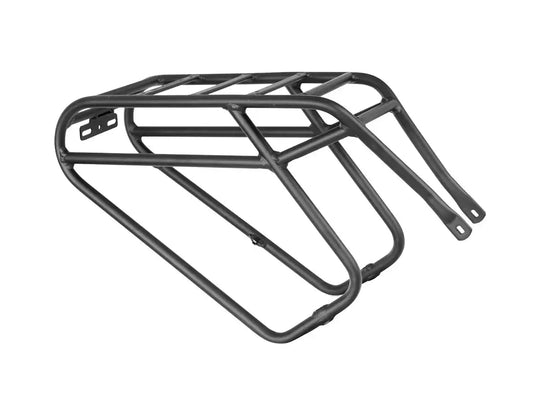
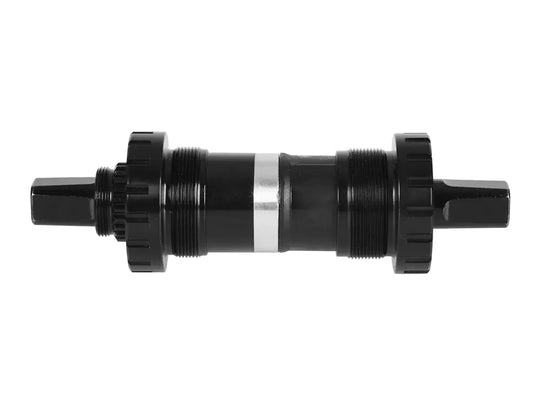
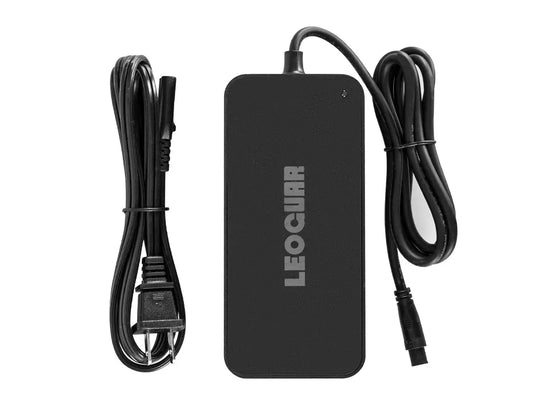
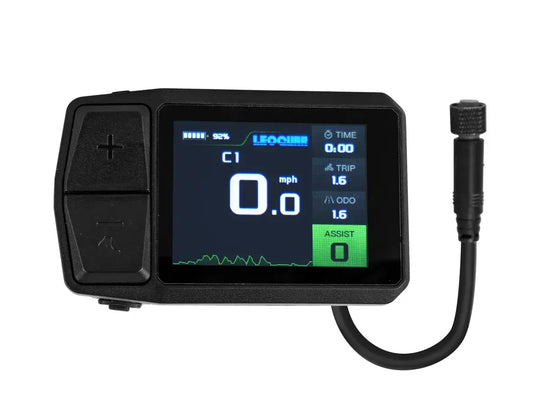
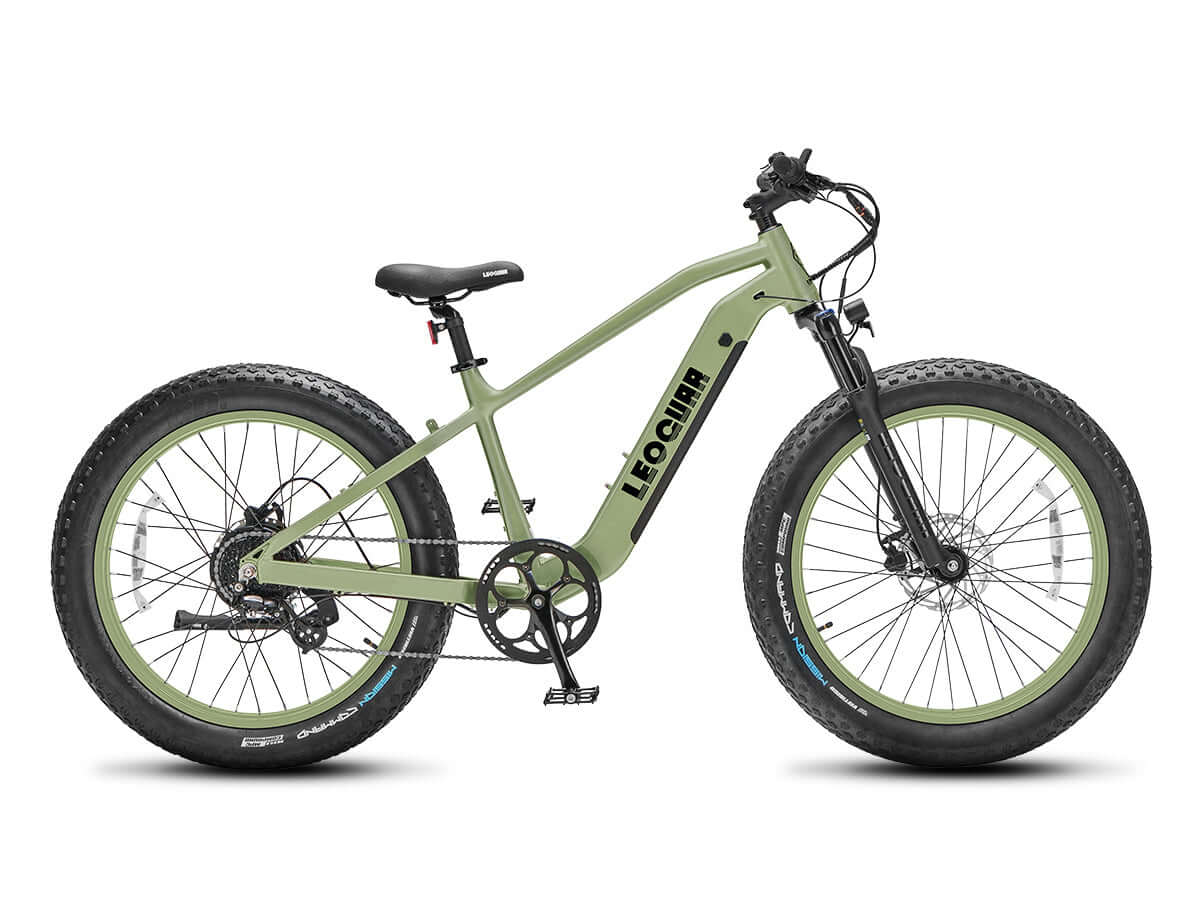








Leave a comment